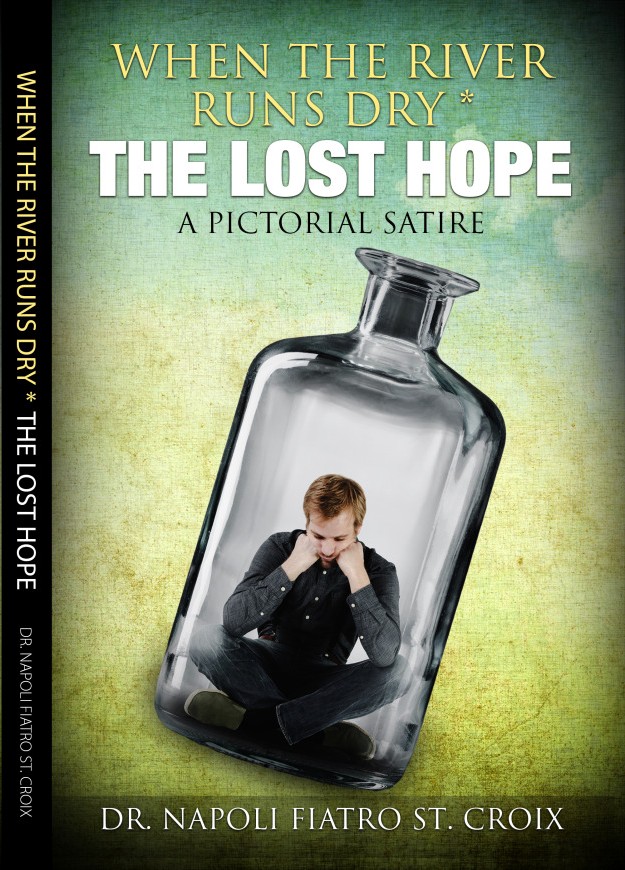


The panic to get out of levered mortgage investments spilled quickly into interbank loan markets, commercial paper, prime brokerage, securities lending (lending shares to short-sellers) and so on.Īs confidence ebbed, mortgage-backed securities could no longer be used so easily as collateral in repurchase or “repo” agreements, in which financial firms borrow short-term from investors with excess cash, such as money-market funds. This time its evaporation was particularly abrupt because markets had become so joined up. What makes liquidity so important is its binary quality: one moment it is there in abundance, the next it is gone. Academics such as Mr Pedersen, Lubos Pastor at Chicago's Booth School of Business and others were doing solid work on liquidity shocks, but practitioners barely noticed. With markets awash with cash and hedge funds, private-equity firms and sovereign-wealth funds all keen to invest in assets, there seemed little prospect of a liquidity crisis. Banks ran liquidity stress tests and drew up contingency funding plans, but often half-heartedly. Over the past decade international regulators have paid more attention to capital. Many of those clobbered in the crisis-including Bear Stearns, Northern Rock and AIG-were struck down by a sudden lack of cash or funding sources, not because they ran out of capital. Its loss can prove just as fatal as insolvency. After the collapse of Lehman Brothers, Morgan Stanley had $43 billion of withdrawals in a single day, mostly from hedge funds.īob McDowall of Tower Group, a consultancy, explains that liquidity poses “the most emotional of risks”. In three days in March Bear Stearns saw its pool of cash and liquid assets shrink by nearly 90%. Liquidity instantly drained from securities firms as clients abandoned anything with a whiff of risk.


 0 kommentar(er)
0 kommentar(er)
